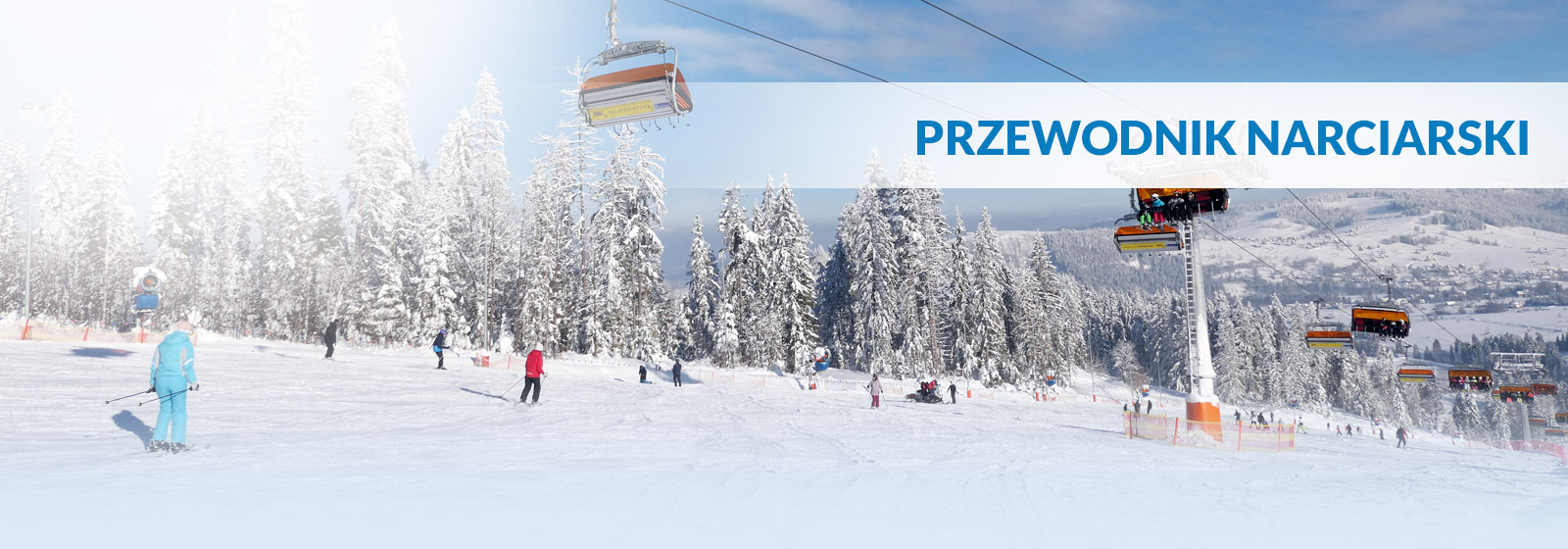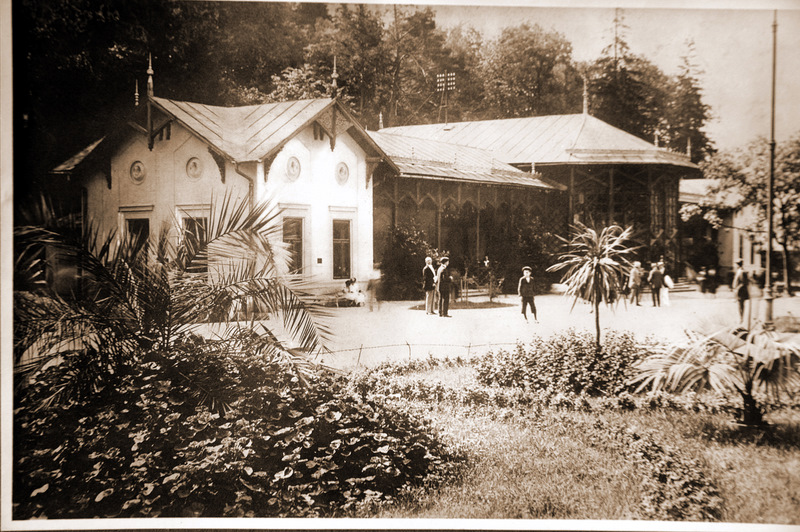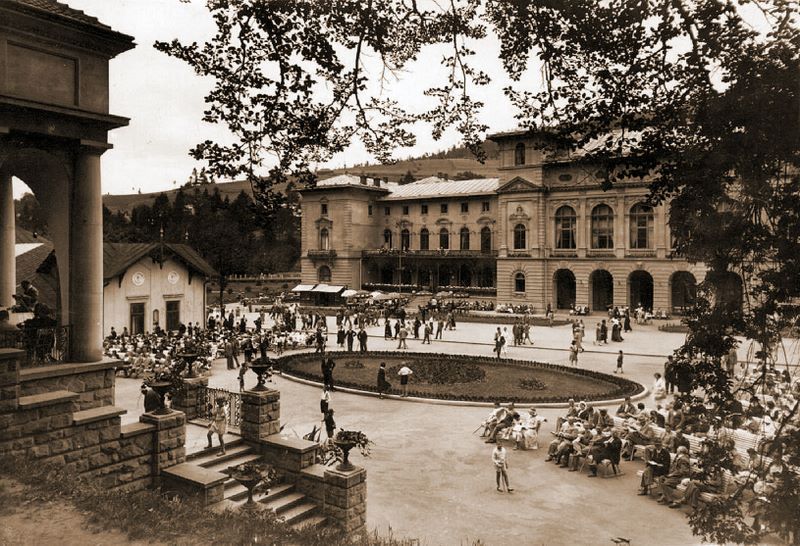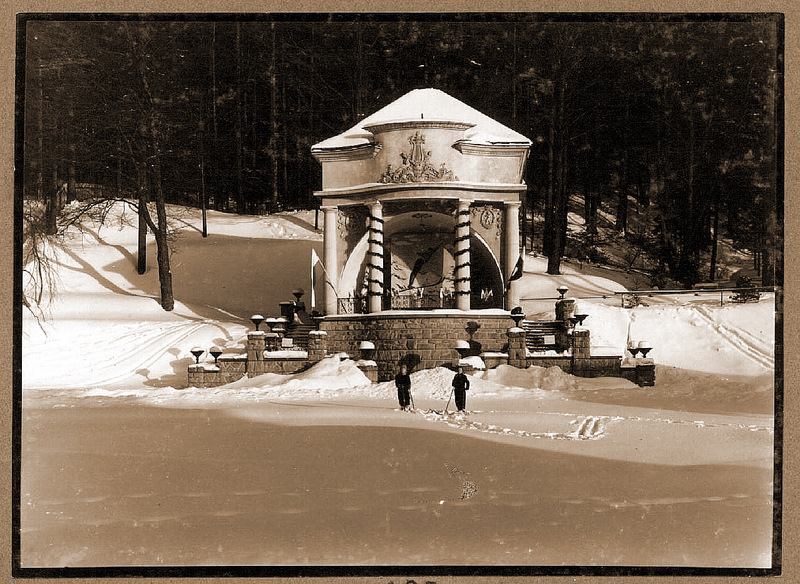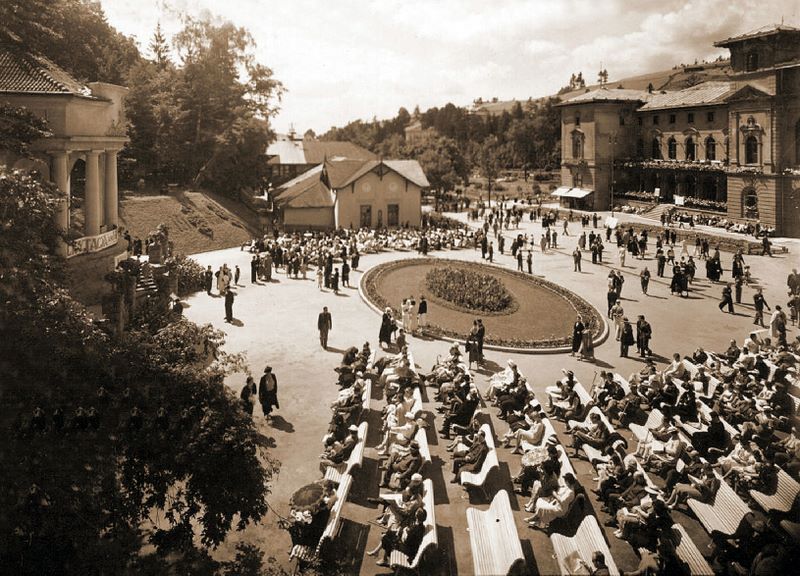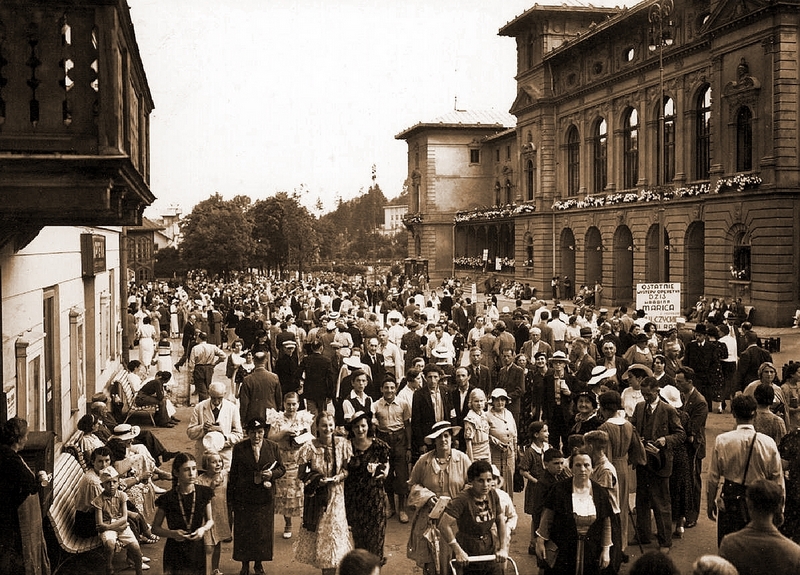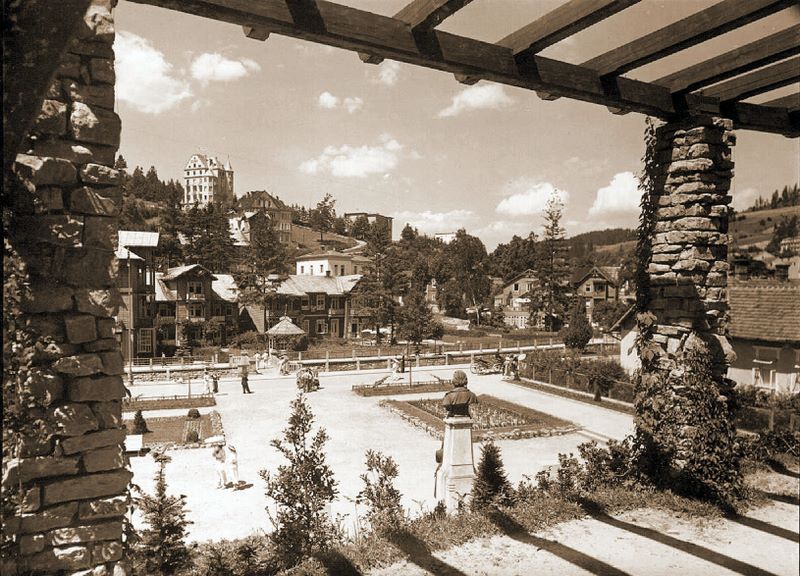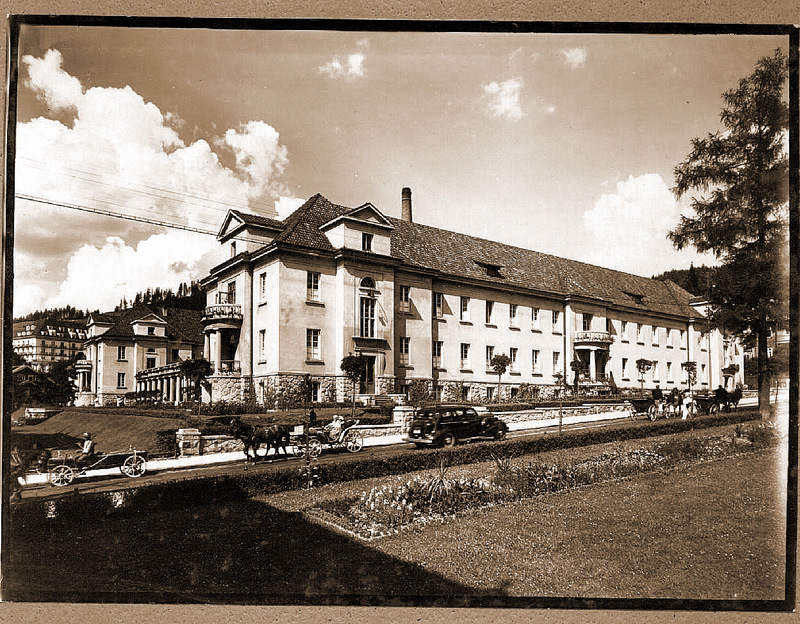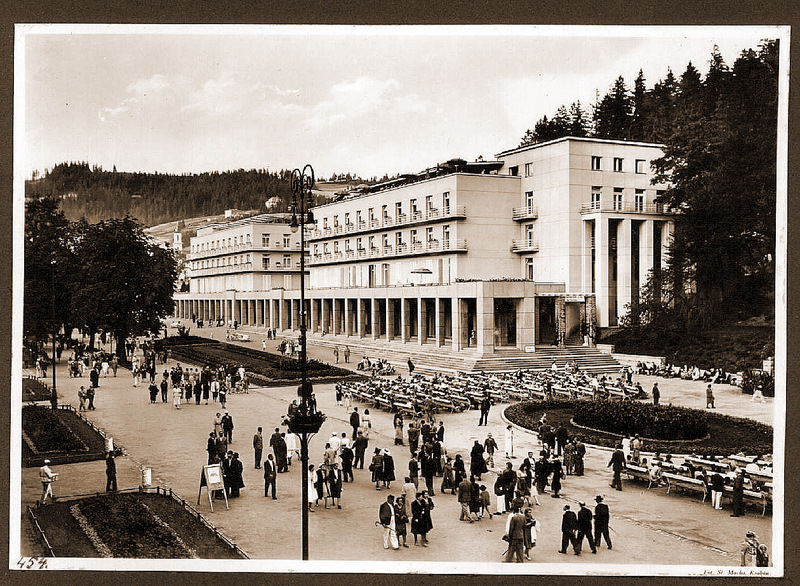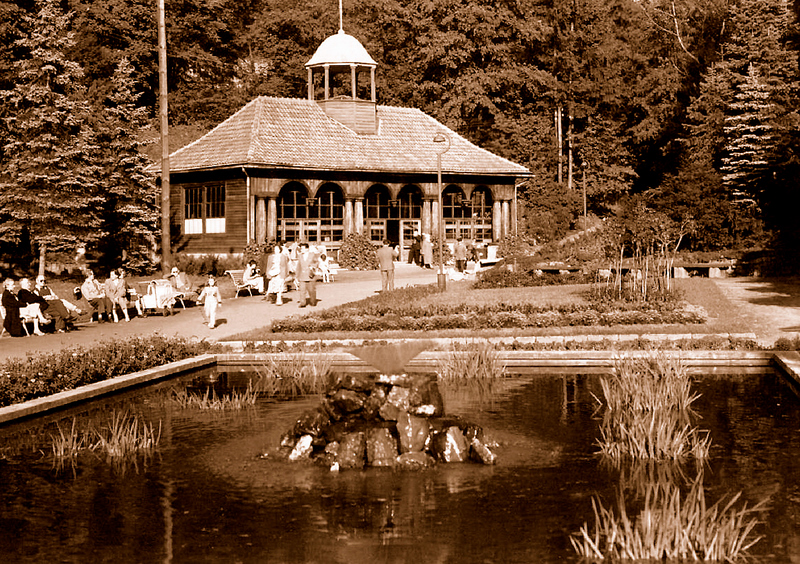The first spa building was the "Little House" built in 1794, which later (since 1804) housed the first bathing establishments. Krynica was officially named a health resort in 1807 and soon afterwards the first resident physician was assigned to the place.
The real career of Krynica as a spa resort initiated in 1856 by Jozef Dietl, a professor at the Jagiellonian University acknowledged as the father of Polish balneology. From 1858 on the mud bath treatment was used here and the followers of prof. Dietl contributed to the technical development of the resort.
In the late 19th century Krynica became fashionable among the Polish elite circles. It was a favourite holiday resort and meeting place for many famous Poles (e.g. J. Matejko, A. Grottger, H. Sienkiewicz and J.I. Kraszewski). In the interwar period it was visited by L. Solski, H. Modrzejewska, W. Reymont, J. Tuwim, K.I. Gałczyński and J. Kiepura (who had his own villa "Patria" here). The actors L. Solski and H. Modrzejewska played here in the theater ”Modrzewiowy” (destroyed by fire in 1943).
Nikifor (proper name Epifan Drowniak) was a naive painter inherently connected with Krynica. It would be difficult to imagine Krynica today without his pictures decorating the Museum devoted to his work, which was opened in 1995 in the “Romanówka” building.
A more detailed presentation of the history ofKrynica :
- The Muszyna State
- The spa under Austrian domination
- The splendid years in the 19th century
- Dietl’s times
- The Natural Medicine Department of Dr. Ebers
- Beginning of the 20th century
- Nowotarski’s epoch
- War losses and their aftermaths
- Krynica today and tomorrow


